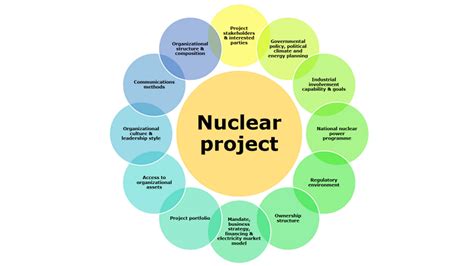Middle East Borders
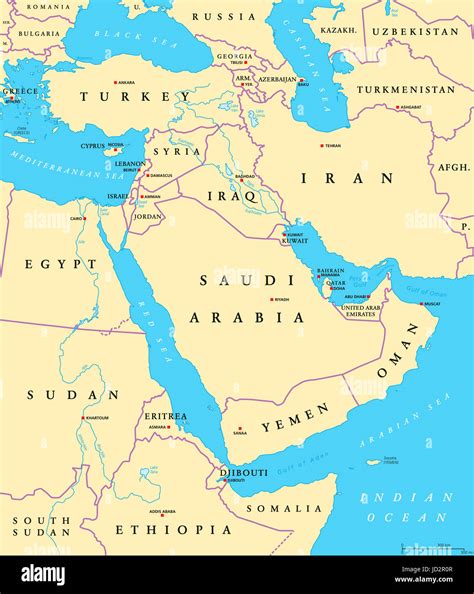
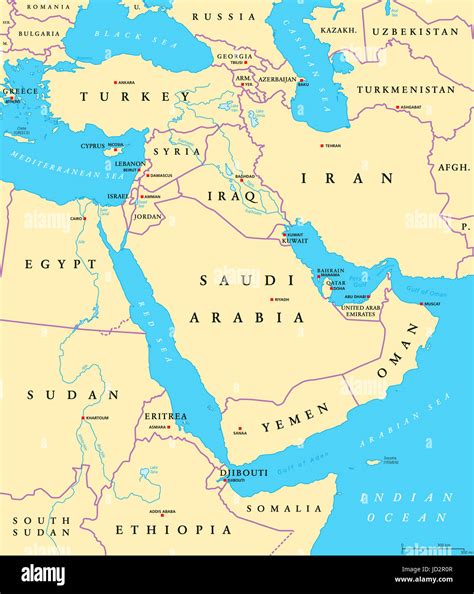
Introduction to Middle East Borders
The Middle East, a region of immense historical, cultural, and geopolitical significance, is bounded by diverse and often complex borders. These borders have been shaped by centuries of empires rising and falling, colonialism, and modern nation-state formation. Understanding the borders of the Middle East is crucial for grasping the region’s dynamics, from political tensions and conflicts to economic interactions and cultural exchange. The Middle East’s borders are not just geographical demarcations but also reflect the region’s rich history, its people’s identities, and the ongoing struggles for power and resources.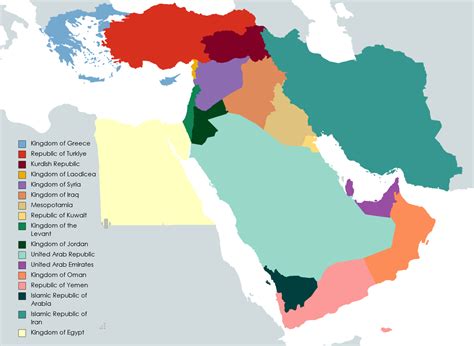
Geographical Overview
The Middle East is generally considered to include countries such as Turkey, Iraq, Iran, Israel, Palestine, Jordan, Lebanon, Syria, and the states of the Arabian Peninsula (Saudi Arabia, Yemen, Oman, United Arab Emirates, Qatar, Bahrain, and Kuwait). Its borders stretch from the Mediterranean Sea in the west to the Persian Gulf and the Gulf of Oman in the east, and from Turkey and the Caucasus in the north to the Arabian Sea and the Indian Ocean in the south. The region’s terrain varies greatly, from deserts like the Arabian and Syrian Deserts to mountain ranges such as the Zagros Mountains in Iran and the Taurus Mountains in Turkey. The Euphrates and Tigris rivers, among others, also play significant roles in shaping the region’s geography and history.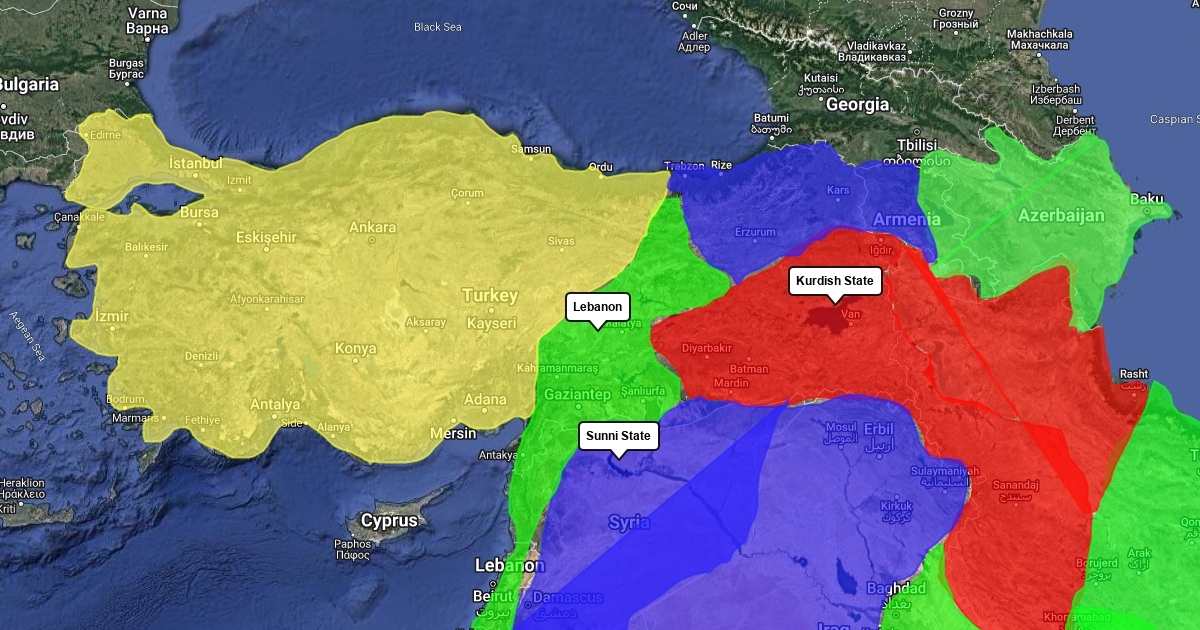
Historical Context of Border Formation
The borders of the Middle East have undergone significant changes throughout history. The fall of the Ottoman Empire after World War I led to the redrawing of the region’s map by European powers, notably Britain and France, under the Sykes-Picot Agreement. This agreement divided the region into spheres of influence, which eventually became the modern states we recognize today. However, these borders often disregarded the ethnic, religious, and linguistic diversity of the region, leading to many of the conflicts and tensions seen today. For instance, the Kurdish people, spread across Turkey, Iraq, Iran, and Syria, have long sought recognition and autonomy, highlighting the artificial nature of some of these borders.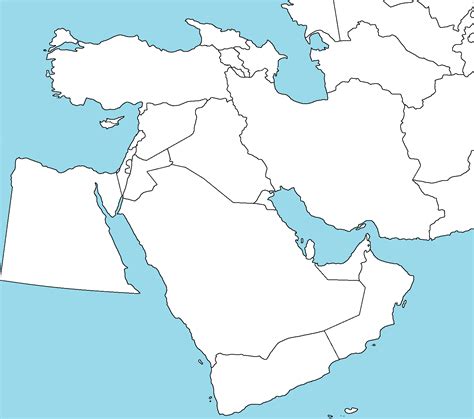
Border Disputes and Conflicts
Border disputes and conflicts are common in the Middle East. The region has seen numerous wars over territory, resources, and political influence. For example, the Iran-Iraq War (1980-1988) was partly over border disputes and control of the Shatt al-Arab waterway. The Israeli-Palestinian conflict is another significant border dispute, with issues surrounding the status of Jerusalem, the West Bank, and the Gaza Strip being central to the conflict. Additionally, the civil war in Syria and the conflicts in Yemen have involved border issues, with neighboring countries often playing significant roles in these conflicts.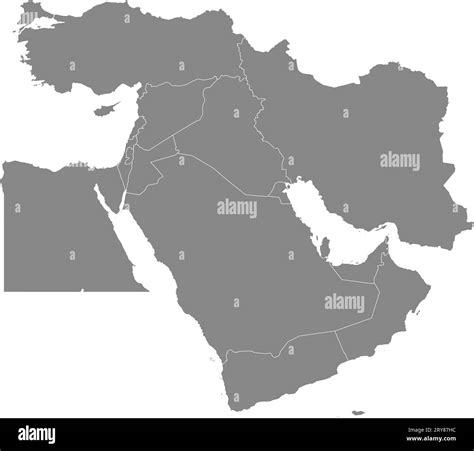
Economic Significance of Borders
Despite the conflicts, the Middle East’s borders are also crucial for economic activities. The region is rich in oil and natural gas, with many countries relying heavily on the export of these resources. The borders of the Middle East are crossed by numerous pipelines, and the Strait of Hormuz, located between Iran and Oman, is a critical chokepoint for global oil shipments. Furthermore, trade between Middle Eastern countries and with the rest of the world is significant, with many countries in the region seeking to diversify their economies and reduce their dependence on oil exports. The United Arab Emirates, for example, has become a major hub for international trade and finance, thanks in part to its strategic location and open economic policies.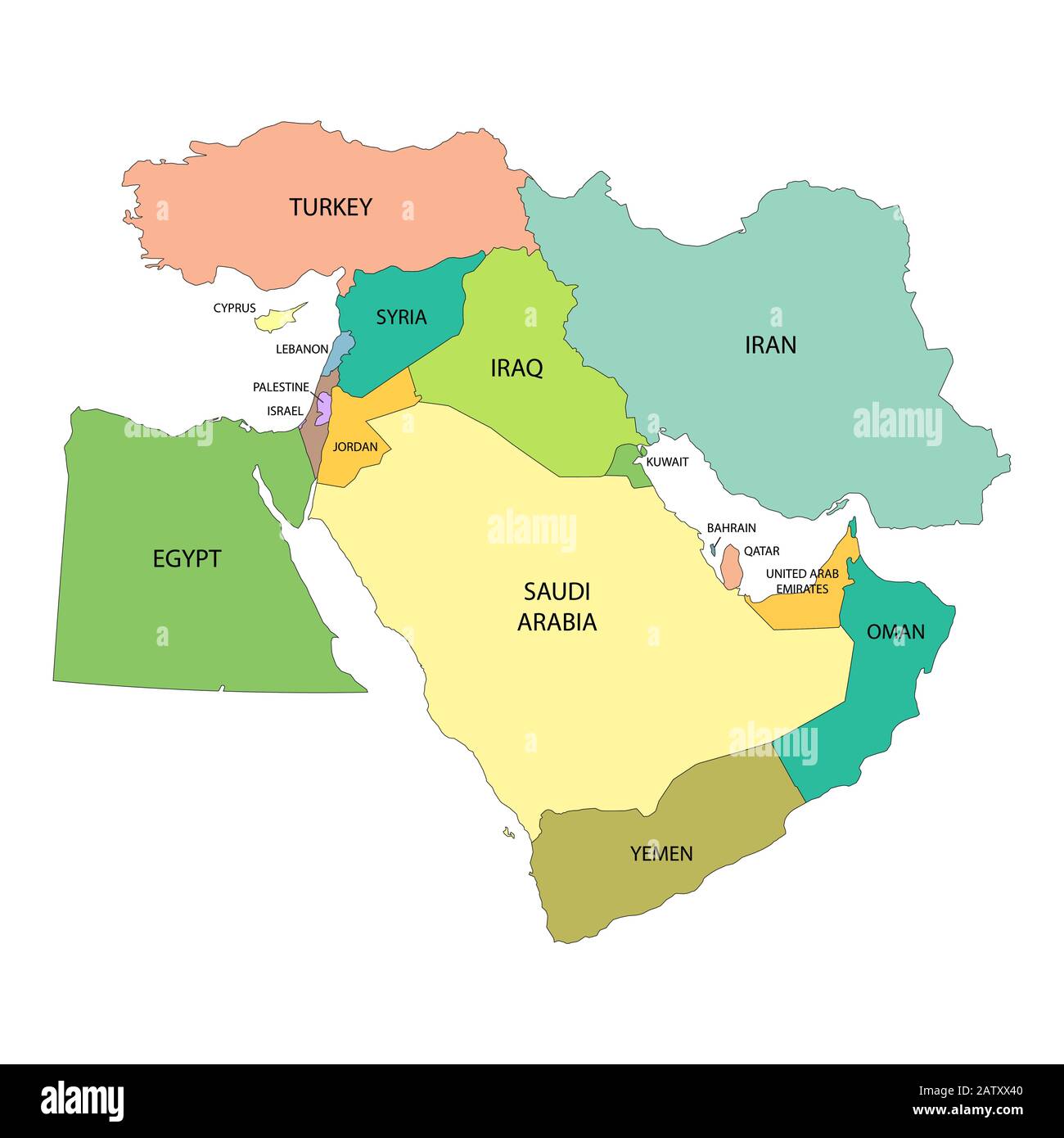
Cultural Exchange and Identity
The borders of the Middle East are not just physical barriers but also interfaces for cultural exchange. Despite the political tensions, there is a rich history of cultural, scientific, and philosophical exchange within the region and between the Middle East and other parts of the world. The Islamic Golden Age, which saw significant advancements in science, mathematics, and philosophy, was characterized by the free flow of ideas across the Middle East and into Europe and Asia. Today, cultural events, educational exchanges, and tourism help bridge the gaps between countries and promote understanding and peace.📝 Note: The cultural diversity and historical depth of the Middle East make it a fascinating region for study and exploration, offering insights into the complexities of border dynamics and their impacts on societies.
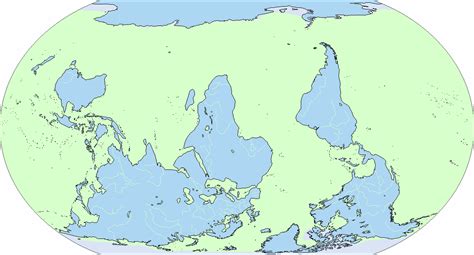
Future Prospects and Challenges
Looking to the future, the Middle East faces numerous challenges related to its borders, from resolving ongoing conflicts to addressing the economic and environmental impacts of climate change. Cooperation on issues like water management, trade facilitation, and security could provide opportunities for regional stability and growth. However, achieving such cooperation will require addressing the deep-seated political and historical issues that underpin many of the region’s border disputes. Furthermore, the role of external powers, whether neighboring countries or global actors, will continue to influence the dynamics of the Middle East’s borders.In summary, the borders of the Middle East are complex, multifaceted, and deeply intertwined with the region’s history, politics, economy, and culture. Understanding these borders is essential for grasping the challenges and opportunities faced by the region and its people. As the Middle East continues to evolve, its borders will remain a critical aspect of its development, requiring careful management, diplomacy, and cooperation to ensure peace, stability, and prosperity.
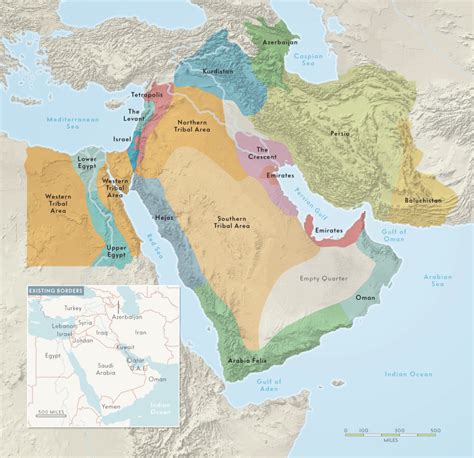
What are the main factors that have shaped the borders of the Middle East?
+The borders of the Middle East have been shaped by a combination of historical empires, colonialism, and the modern nation-state system. The Sykes-Picot Agreement after World War I is particularly significant in redrawing the region’s map.
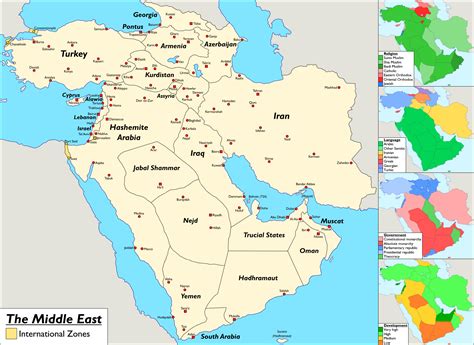
How do border disputes affect the economy of the Middle East?
+Border disputes can significantly impact the economy of the Middle East by affecting trade, the flow of resources, and investment. Conflicts over oil and gas resources, for example, can disrupt global energy markets and hinder economic development in the region.
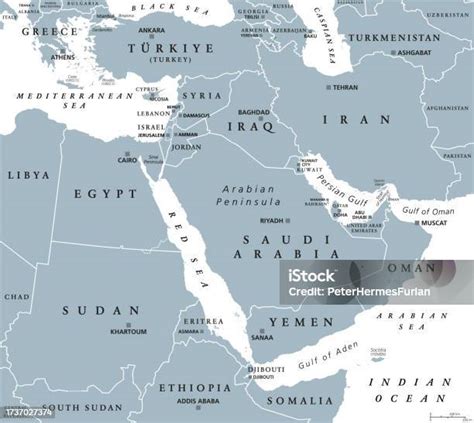
What role does cultural exchange play in the context of Middle East borders?
+Cultural exchange is crucial as it promotes understanding, peace, and cooperation across borders. Despite political tensions, the Middle East has a rich history of cultural, scientific, and philosophical exchange that continues to shape the region’s identity and relations.



